 In his book The Pound Era, the literary critic Hugh Kenner wrote,
In his book The Pound Era, the literary critic Hugh Kenner wrote,
“There is no substitute for critical tradition: a continuum of understanding, early commenced. … Precisely because William Blake’s contemporaries did not know what to make of him, we do not know either, though critic after critic appeases our sense of obligation to his genius by reinventing him. … In the 1920s, on the other hand, something was immediately made of Ulysses and The Waste Land, and our comfort with both works after 50 years, including our ease at allowing for their age, seems derivable from the fact that they have never been ignored.”
Kenner published that insight in 1971, the same year that Diane Arbus took her own life and I wrote my obituary for her, reproduced in this previous post.
•
I had come to writing about photography from a post-secondary background in English literature and creative writing. The classic and contemporary novels, short stories, poems, and plays that I’d studied did not exist in a vacuum, I’d learned. Even if the “New Criticism” then in vogue in academia emphasized close reading of the texts, we paid attention to contextual material as well — including the critical literature that centered around a particular writer or work, manifesting the ways in which the work had been received upon its debut and how that reception had evolved over time. So, even before Kenner articulated so deftly the importance of the critical tradition, I had internalized the importance of “a continuum of understanding, early commenced.” (With “early” here meaning early in the public life of the work.)
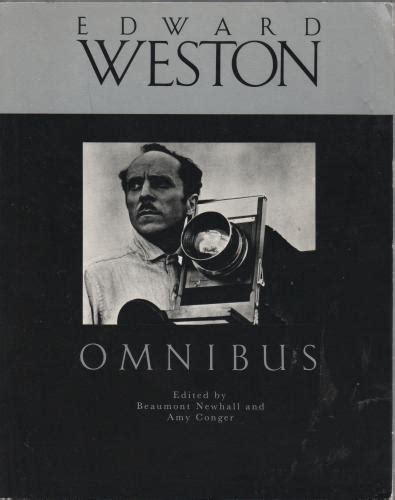
Newhall and Conger, Edward Weston Omnibus (1984), cover
In literary scholarship such a continuum sometimes manifests itself as a casebook. Drawn from legal studies, the term defines a book-length collection of essays that draws together the most relevant and influential commentaries, both pro and con, about a particular author or even a particular work by a given author — assessments that span the work’s or the writer’s active public life.
The casebook differs from such other publishing rubrics as “omnibus,” “reader,” “anthology,” and “compendium,” which usually describe a selection of material drawn from a single author’s work, with an introductory essay and notes on the chosen pieces provided by the book’s editor(s). It also differs from a festschrift, a cluster of current writings produced to celebrate some occasion (say, a 70th birthday) in a writer’s life. Just as we have distinctive literary forms (such as sonnets), we have distinctive forms of literary scholarship, the casebook among them.
Some projects in the literature of photography conflate these forms, not necessarily to their benefit. For example, Edward Weston Omnibus: A Critical Anthology (1984), edited by Beaumont Newhall and Amy Conger, tries to achieve all of the above but ends up overwhelmingly hagiographic. (It includes an early article of mine on Weston.)
•
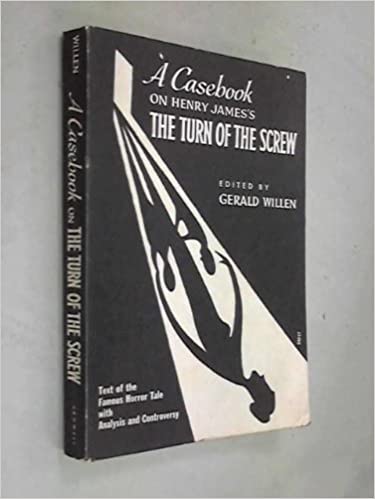
Gerald Willen, ed., A Casebook on Henry James’s The Turn of the Screw (1963), cover
I encountered my first such collection, A Casebook on Henry James’s The Turn of the Screw (1960), edited by Gerald Willen, sometime during my undergraduate years as an English Lit major at Hunter College in the Bronx in the early 1960s. It impressed me greatly, not so much because of its specific subject but due to its underlying idea. Here, in one volume, I could find more than a dozen chronologically ordered responses to a single work, some of them congruent with each other, some overlapping, some wildly divergent, representing sixty years of critical thought — plus the editor’s overview thereof, making it a guided tour through the literature.
A perfect illustration of Kenner’s take on the critical tradition, exemplifying the extent to which a work of art implicitly laid iself open to multiple interpretations that could change over time. But also, clearly, a versatile and transportable idea: literary scholars had borrowed it from legal studies, and one could apply it to just about any work or idea in any field.
•
A few years later, toward the end of that decade, I started thinking and writing about photography. As I did so, I quickly became aware that, for all intents and purposes, photography had no critical tradition. Barely a handful of photographers, and only a smattering of the important ideas that energized the field, had by that time attracted enough thoughtful attention to fill even a slim volume with “a continuum of understanding, early commenced.” Due to a basic logistical problem — the absence of serious, dedicated, knowledgeable critics of photography — the pre-1970 oeuvres of very few photographers had provoked such a continuum. They fell through the cultural cracks not because they got actively “ignored” (to use Kenner’s word) but because the medium had not inspired any critics or cultural journalists to pay continuous, sustained attention to it.
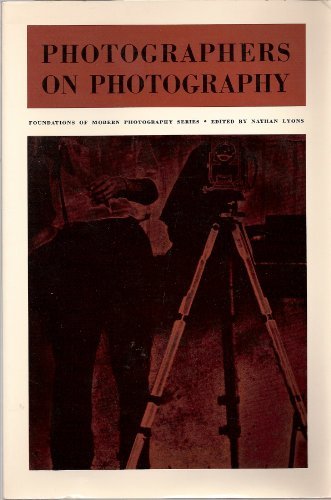
Natham Lyons, ed., Photographers on Photography (1966), cover
(At that moment, the best available collection of writings on photography was Photographers on Photography: A Critical Anthology (1966), edited by Nathan Lyons — an invaluable cluster of germinal credos that, by definition, do not constitute anything resembling criticism, the book’s subtitle notwithstanding.)
With the writers on photography of my generation that began to change, and I’ll venture to say dramatically so. Today there are dozens of photographers in North America (and more from other parts of the world), working from 1960 on, about whom one could assemble a casebook’s worth of provocative material, starting with response to their early work. So I anticipate some flowering of the casebook idea in the literature of photography in the 21st century.
Indeed, back in the mid-aughts I proposed to edit a casebook series for a new small, independent publishing house, starting with volumes on Edward Steichen, William Mortensen, and Edward Curtis. Nothing came of that, alas, but I think the idea remains viable, so I offer it freely to anyone who wants to take it up. I can envision a series including not just such relatively early yet controversial and influential figures as Steichen, Mortensen, and Curtis but more recent practitioners like Andres Serrano, Cindy Sherman, Robert Mapplethorpe, Sally , Sebastião Salgado …
•
All this serves as a prelude to offering some thoughts on a new casebook in all but name that has just arrived at my door: Diane Arbus: Documents, edited by Max Rosenberg, with a foreword by Lucas Zwirner and Jeffrey Fraenkel. Designed by Yolanda Cuomo, published by David Zwirner Books/Fraenkel Gallery, distributed by Simon & Schuster, it runs almost 500 pages and includes 69 texts in facsimile and 400 illustrations. The book accompanies a reconstitution of the 1972 Arbus retrospective held at the Museum of Modern Art, this recreation staged at the David Zwirner Gallery in New York and the Jeffrey Fraenkel Gallery in San Francisco. You can order the book from the Zwirner Gallery via the preceding link, or from the Fraenkel Gallery using this one.
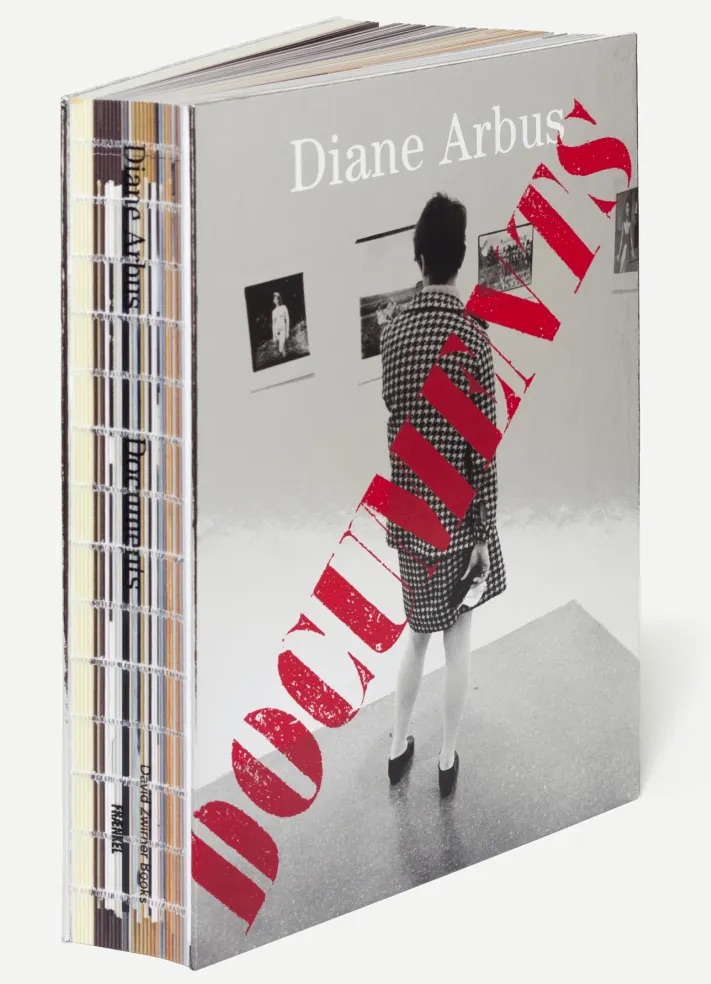
Diane Arbus: Documents (2022), cover
Full disclosure: This book contains “Texts by 55 authors, including Hilton Als, A. D. Coleman, Holland Cotter, Jacob Deschin, Germaine Greer, Hilton Kramer, Arthur Lubow, Janet Malcolm, Francine Prose, Sukhdev Sandhu, Peter Schjeldahl, Adrian Searle, Susan Sontag, Lynne Tillman, and Colm Tóibín.” My own thoughts on Arbus appear therein in three complete essays, the two early ones available here and the most recent of them — “Why I’m Saying No to This New Arbus Book” — appearing here at the blog.
This makes me and Arthur Lubow the most represented writers in the project. (As Max Rosenberg indicates in his brief opening Editor’s Note, that last essay of mine is the only one to appear twice in these pages — first in an incomplete full-page-bleed image of its original 1995 publication in the New York Observer, followed immediately by the full version as subsequently republished in The Photo Review.) I don’t think the presence of several of my own texts in this collection biases my comments on the project, but you can decide that for yourself.
•
To begin with, let me say that while it’s unquestionably a casebook, immediately recognizable as such to anyone familiar with the concept, that word never appears therein. Second, it’s a casebook on steroids; weighing in at 4.5 pounds, it has 60 percent of the heft of the current edition of Naomi Rosenblum’s A World History of Photography — making it not big enough to squash a cat if dropped from waist height, but sufficient to cause serious damage thereto. Third, its production values so far exceed the modest physical features of the example of the form I encountered in 1963 that, were they animate, neither would recognize the other as a member of the same species.
This collection’s conception defines it as a deliriously postmodern project, in which the aura supposedly exuded when a reader makes contact with the original publications of these writings gets presumably and paradoxically evoked by this book’s reader’s encounter with facsimiles of the originals, reproduced with an apparently arbitrary relationship to the scale of the initial publication. Which originals are, in fact, all multiples created via a process of “mechanical reproduction” (i.e., printing in ink) that, according to Walter Benjamin, the relevant theory’s author, immediately and automatically eliminated any claim to the auratic that one might make for them.
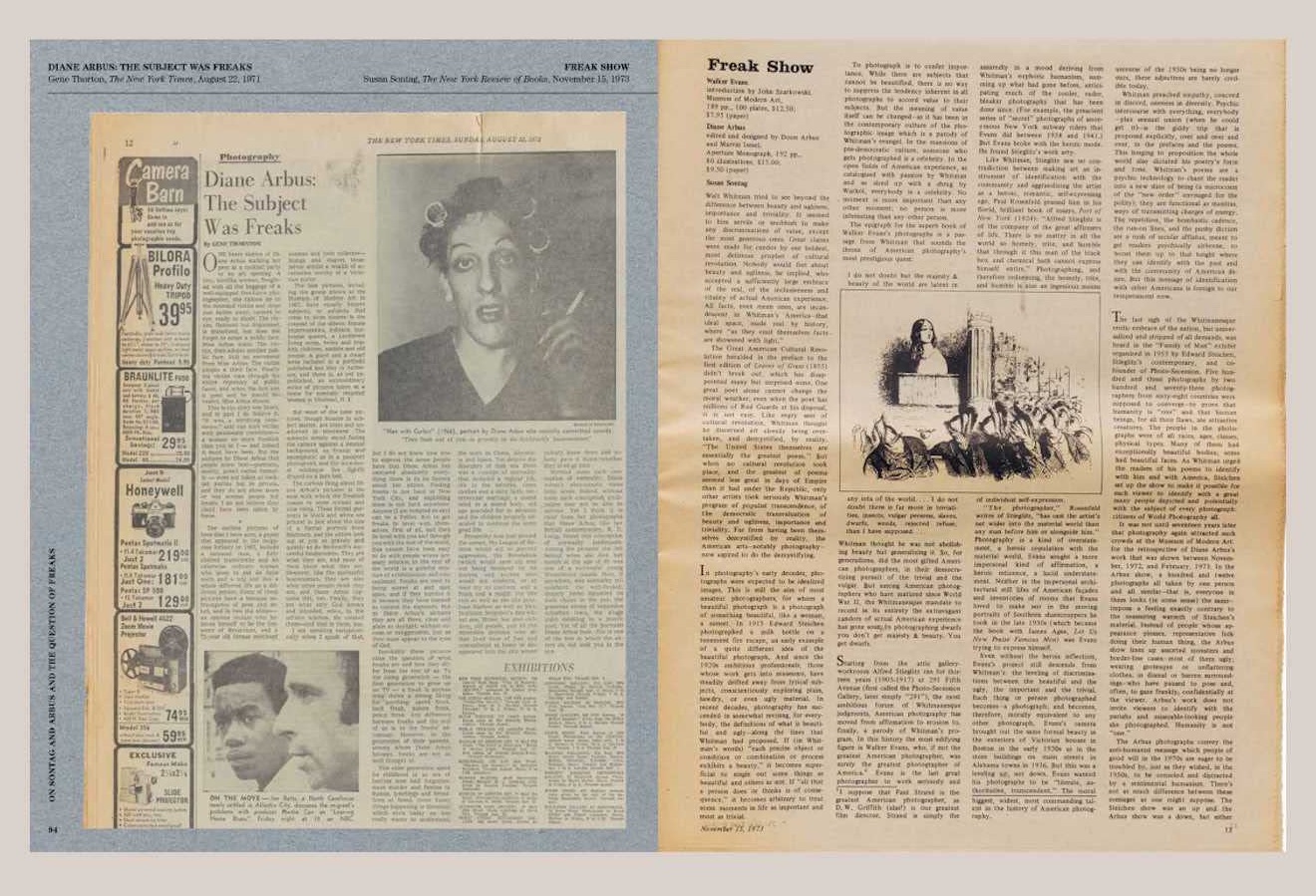
Diane Arbus: Documents (2022), spread 1
But wait — there’s more! Examples of those mass-produced “originals” then got (I assume) digitally scanned into hi-res files — that is, transformed into binary sequences of ones and zeroes that, unlike analog film, have no direct optical connection to those analog multiples, now severed entirely from their physicality. All this in order to enable their mechanical reproduction in colored inks carefully calibrated to render the nuances of the auras of the specific examples of the now twice-removed physical “original” multiples from which they have been derived: creases and folds in the paper, the yellowing and brittling of newsprint, etc. Making this book a humongous gathering of simulacra squared, or something like that.
I can think of no other postmodern-era project that has at once paid such homage to Benjamin while at the same time so thoroughly refuting him — by making a convincing argument that even digitally rendered, mechanically generated facsimiles of mass-produced artifacts can effectively contain and transmit the experience he called “aura,” and which he considered unique to hand-wrought artifacts. …
(Part 1 I 2)
•

Special offer: If you want me to either continue pursuing a particular subject or give you a break and (for one post) write on a topic — my choice — other than the current main story, make a donation of $50 via the PayPal widget below, indicating your preference in a note accompanying your donation. I’ll credit you as that new post’s sponsor, and link to a website of your choosing.
And, as a bonus, I’ll send you a signed copy of my new book, poetic license / poetic justice — published under my full name, Allan Douglass Coleman, which I use for my creative writing.






Leave a Comment